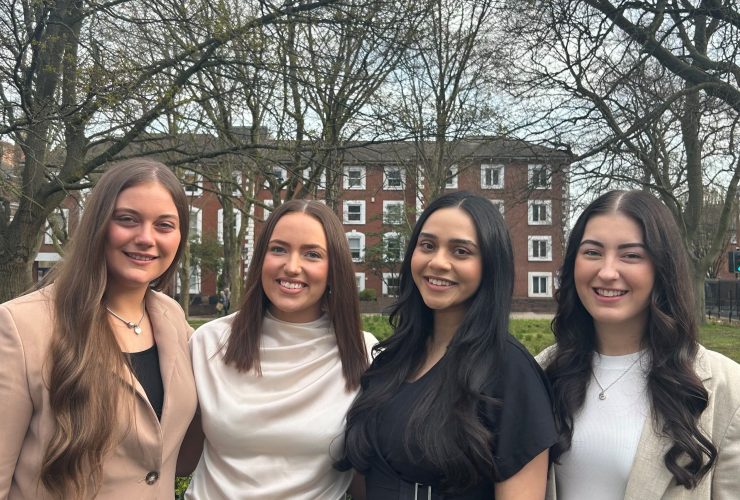It is not only in the realms of fiction that lovers choose to marry in secret, away from the gaze of their disapproving families. A highly unusual High Court case, however, showed the legal difficulties that can arise from such arrangements.
 The case concerned a former couple who, without telling their families, went through a ceremony of marriage in Madrid in 1993. About a year later, after their families’ attitude to their relationship had mellowed, they went through a second marriage ceremony in London.
The case concerned a former couple who, without telling their families, went through a ceremony of marriage in Madrid in 1993. About a year later, after their families’ attitude to their relationship had mellowed, they went through a second marriage ceremony in London.
The marriage did not prosper and, after the man petitioned for divorce, decrees nisi and absolute were pronounced in 1997. The couple settled their financial differences shortly afterwards. Crucially, however, the petition and the decrees only referred to the English marriage, making no mention of the earlier Spanish marriage.
More than 20 years after those events, the woman asserted that she and the man remained husband and wife. The Spanish marriage, she argued, remained extant and could only be brought to an end by divorce proceedings in Spain. She did, however, indicate her willingness to consent to a divorce, provided that a very substantial financial settlement was made in her favour.
After the man launched proceedings, the Court found that the Spanish marriage was valid. Whilst the subsequent English marriage may have been important in emotional and social terms in bringing both sides of the two families together, it had no impact on the couple’s legal status. By then, they were already married.
Ruling on the matter, the Court found that the error on the face of the decrees, in giving the wrong date of the couple’s effective marriage, was one of process rather than substance. The decree absolute had the effect of bringing to an end their true legal marriage – the Spanish marriage – and they were thus validly divorced in 1997. In order to set the record straight, the Court directed that both decrees be rectified so as to state that it was the Spanish marriage that was being dissolved.



